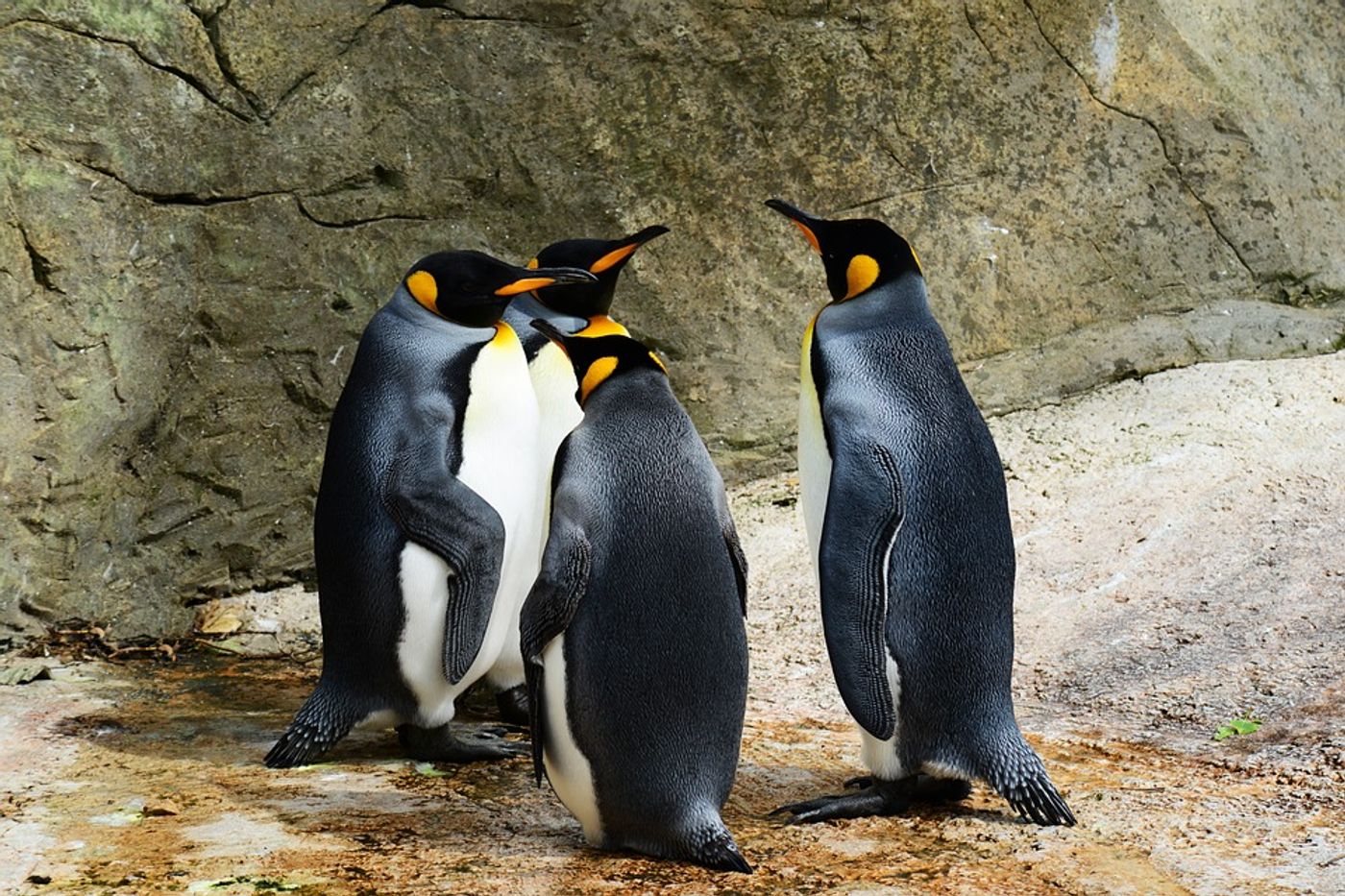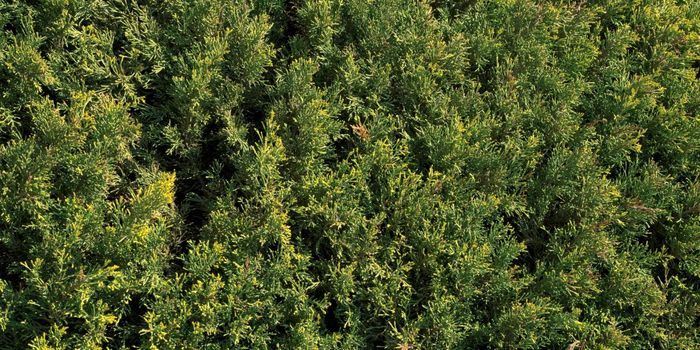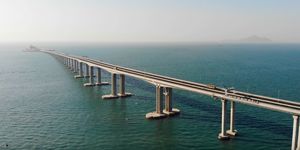Are Islands to Blame for the Penguin Diversity We Have Today?
Scientists have been trying to learn about the factors that drive speciation since the dawn of time, and while there’s still much to be discovered in this department, a paper published just this week in the journal Molecular Biology and Evolution appears to shed some light on this mystery (at least in the case of penguins).
Image Credit: Pixabay
Most people envision the notorious emperor penguin whenever the word “penguin” comes to mind, but there are actually close to 20 different penguin species alive today. There’s also an extensive fossil record denoting how more than 50 different penguin species have existed in the last 60 million years; that said, there’s a lot more to the story than meets the eye.
The facts beg the question: why so many different penguins – and what might’ve caused the extensive speciation? The answer, researchers say, could have something to do with the birds’ island-centric lifestyles. The team purportedly reached this conclusion after painstakingly analyzing 41 mitochondrial genomes of extant and extinct penguin taxa.
"By using well-justified fossil calibrations, we resolve the timing and mechanisms of modern penguin diversification," said study lead author Theresa Cole from the University of Otago in New Zealand. "We propose that this diversification pulse was tied to the emergence of islands, which created new opportunities for isolation and speciation."
Related: African penguin stolen from oceanarium now fights for its life in the wild
Islands are being considered a possible driver for the extensive speciation seen in penguins because the animals like to nest on them. More importantly, islands are a form of isolation that permit separated populations to evolve independently from others by way of natural selection, and this might have caused the diversity we see today.
But the research also begged the question: if more than 50 different penguin species existed in the last 60 million years, then why are there just around 20 alive today? Upon discovering two recently extinct penguin species endemic to the Chatham Islands, the researchers hypothesized that human settlers hunted the animals, driving their numbers down to the point of extinction.
But there aren’t as many penguin species alive today as there once was, and the research supports the notion that humans are to blame for the loss in biodiversity. More specifically, humans hunted penguins as they began settling in the regions that the animals called home.
"While our results reinforce the importance of islands in generating biodiversity, they also underscore the role of humans as agents of biodiversity loss, especially via the extinction of island-endemic taxa," Cole added. "As many of the bones were from middens, our results provide direct evidence that our newly discovered extinct taxa was hunted by humans."
Related: Researchers observe natural selection in penguins
While the scope of this particular study was limited to that of penguins, similar concepts could potentially apply to other marine animal species. With that in mind, it ought to be interesting to see what kinds of animals researchers will study next.
Source: University of Otago, Molecular Biology and Evolution









